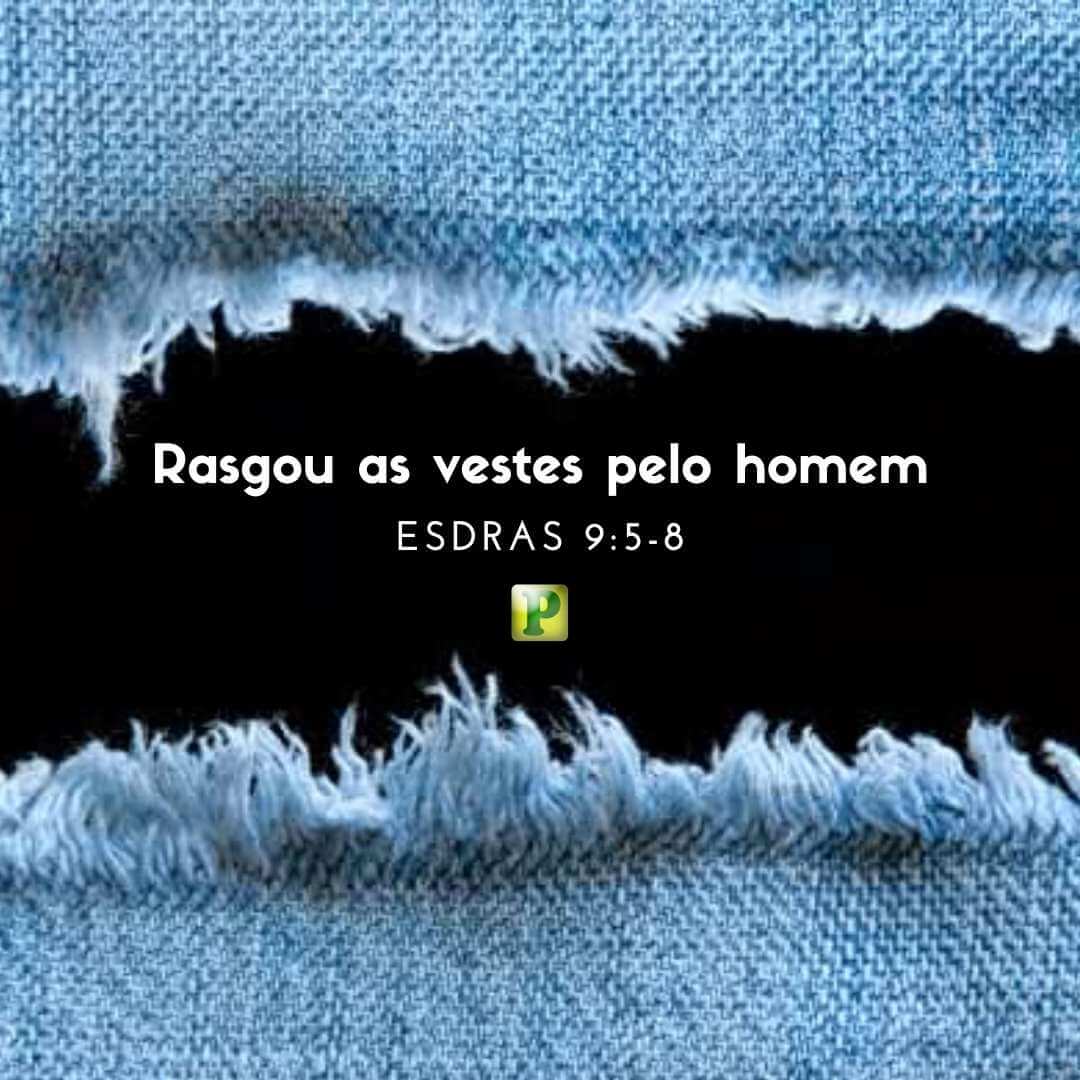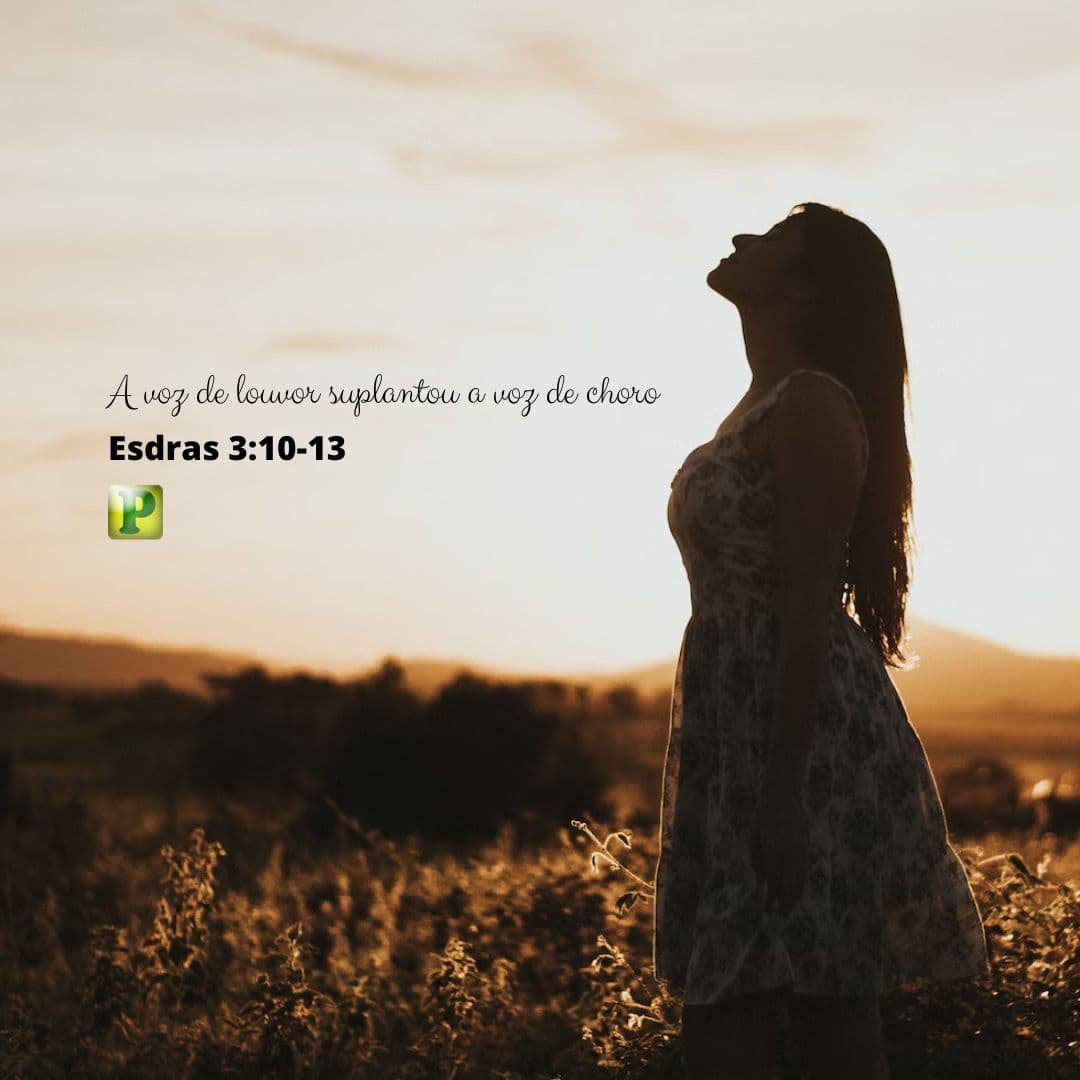What was the man’s outfit?
Preaching Outline on 2 Kings 1:7-8 – “And he said to them, ‘What was the clothing of the man who came to meet you and spoke these words to you? And they said to him, “He was a hairy man, his loins girded with a leather belt. Then he said, “It is Elijah the Tishbite.
Introduction to 2 Kings 1:7-8
Brothers and sisters, this passage from 2 Kings 1:7-8 may seem simple at first glance, but it carries a profound message for each of us today. When Ahaziah, the king of Israel, learns about the man who confronted his messengers, he asks a crucial question: “What was the man’s attire?”. This isn’t just a curiosity about clothes; it’s a question about identity, purpose and spiritual authority.
Today, I want to reflect with you on the garment of the servant of God – that which defines us as Christians, servants of God and as a faithful church, and as bearers of God’s truth to the world. Shall we explore this together?
1 – The Servant’s Identity is revealed in the most difficult moments
The story begins with Ahaziah, a king who was physically sick but also spiritually lost. He decides to seek help, but he does so in the wrong place: he consults Baal-Zebub, the god of the Philistines, instead of seeking the living God. This shows the human condition: when we are desperate, we often look for solutions in the wrong place.
But God doesn’t let this go unnoticed. He sends Elijah, his servant, to confront Ahaziah’s messengers and remind him of his position before God.
This scene teaches us something important: God reveals who we really are when things get difficult. It’s not in success or tranquillity that our faith shines brightest; it’s in crises, in moments of pain and despair, that the true identity of God’s servant comes to light.
Here is the central point: who we are in God must be visible even when everything seems to be falling apart. As I Peter 3:15 says, we must always be ready to respond to the hope that is in us.
2 – Desperate man seeks to verify the truth
When the messengers returned to tell the king about the stranger who had confronted them, Ahaziah asked another question: “What was the man’s clothing?”. He wanted details, proof, something to confirm who this mysterious man was.
This reminds us of something important: people are looking for the truth, but they want confirmation. They need to see something real, something tangible.
Let’s take a closer look at Elijah’s outfit and what it represents:
a) Dress reveals testimony
Elijah’s outfit – dressed in fur and with a leather belt – wasn’t just a stylistic choice. It represented the prophet’s lifestyle. Elijah’s testimony was clear: he walked apart from the world, firm in God’s truth.
For us, this means that our “attire” is our testimony. How are we living? Does our life speak for itself? Can people look at us and say, “Oh, that’s a child of God!”? ?
b) Fur Dress: Protection through sacrifice
The hair that covered Elijah symbolized protection. But this protection didn’t come from him; it came from God. The hair came from sacrificed animals whose blood had been shed.
This points directly to Jesus Christ, the Lamb of God who was sacrificed for us. Only those who are clothed in the grace of Christ have anything to offer the sinner. We cannot preach salvation if we are not saved. We cannot share light if we are not illuminated by it.
c) Girded loins: Firmness in truth
Elijah’s loins were girded with a leather belt. In the Bible, girded loins represent preparation and strength. Elijah was grounded in God’s truth, ready to face any challenge.
For us, this means that we can’t be fragile-looking Christians, insecure or swayed by the winds of circumstance. We need to be firm in the Word, filled with the Holy Spirit, and ready to act when God calls us.
d) Result: It’s Elias!
When the messengers describe Elijah’s attire, Ahaziah immediately recognizes it: “It’s Elijah.” Why? Because Elijah’s lifestyle screamed who he was. He didn’t need to announce his name; his life already spoke for him.
This is a challenge for us today. Can the people around us look at us and say: “That’s a follower of Jesus”? What kind of testimony are we leaving in the world?
What are we wearing today?
Brothers and sisters, this message is not just for reflection; it needs to impact our practical lives. Here are a few points to think about:
- Are we clothed in the protection of Christ?
Just as Elijah wore the skins of sacrificed animals, we need to be clothed in Christ’s righteousness. Without Him, we are naked before God. Romans 13:14 tells us: “Put on the Lord Jesus Christ.” - Are our loins girded with truth?
Are we grounded in God’s Word? Ephesians 6:14 reminds us that the belt of God’s armor is the truth. We need to be rooted in the truth in order to resist the enemy’s lies. - Is our testimony clear?
Can people look at us and see Jesus? Our attire – our attitudes, words and behavior – should reflect the glory of God.
Conclusion of 2 Kings 1:7-8
Brothers and sisters, Elijah’s attire was not just a detail; it was a declaration of who he was in God. He was a man firm in the truth, protected by sacrifice, and ready to fulfill God’s call.
Today, we too are called to be like Elijah. We are called to be the faithful church, the people who reflect the light of Christ to the world. What kind of clothes are we wearing?
May we, like Elijah, be recognized as servants of God, ready to face the challenges of our time and bring the truth to people who are lost and desperate.
Preaching Outline on 2 Kings 1:7-8 – “And he said to them, ‘What was the clothing of the man who came to meet you and spoke these words to you? And they said to him, “He was a hairy man, his loins girded with a leather belt. Then he said, “It is Elijah the Tishbite.
More Preaching Outlines
- Let your loins be girded – Luke 12:35
- Elisha’s call – II Kings 2:1-7
- The Watchful Servant – Luke 12:35-48






